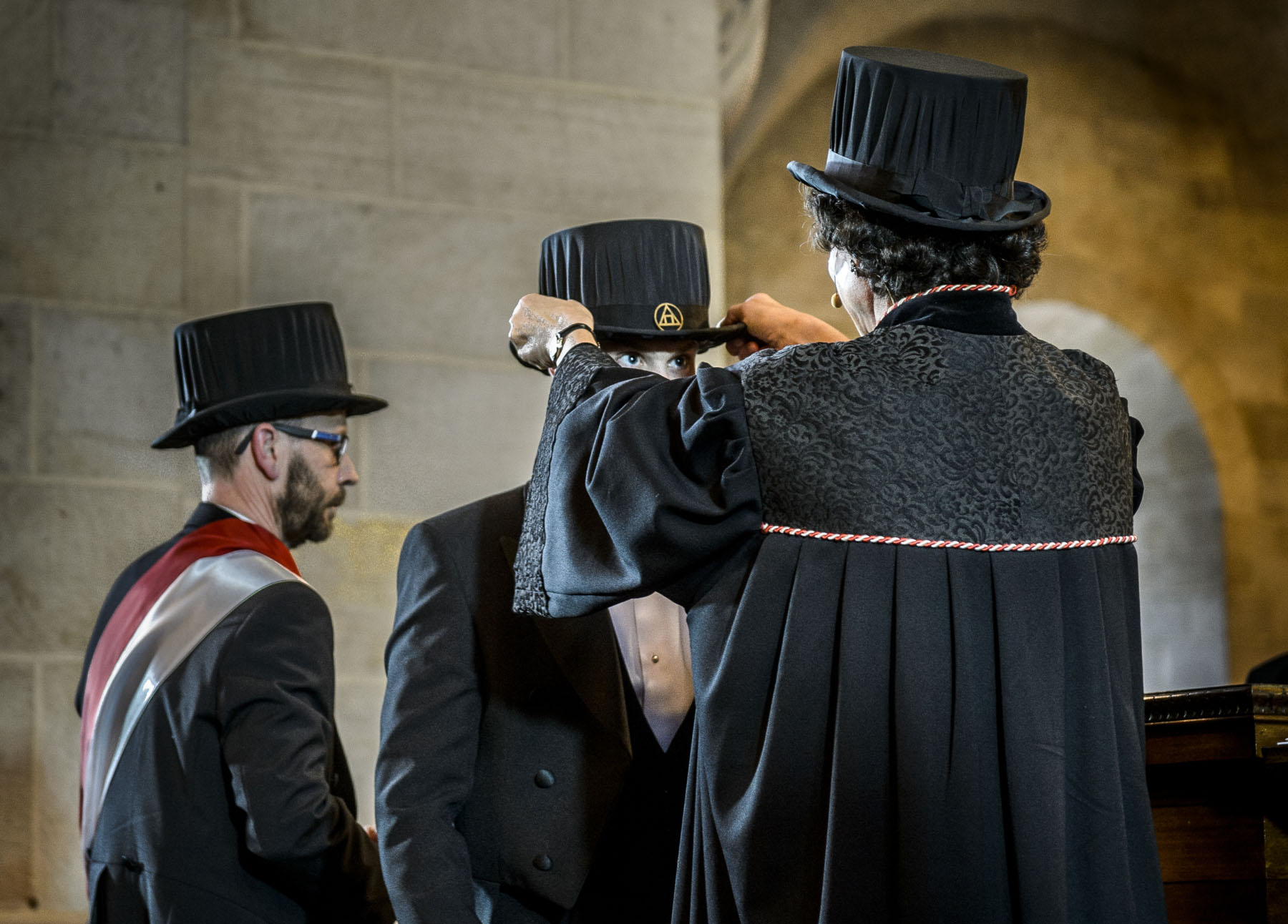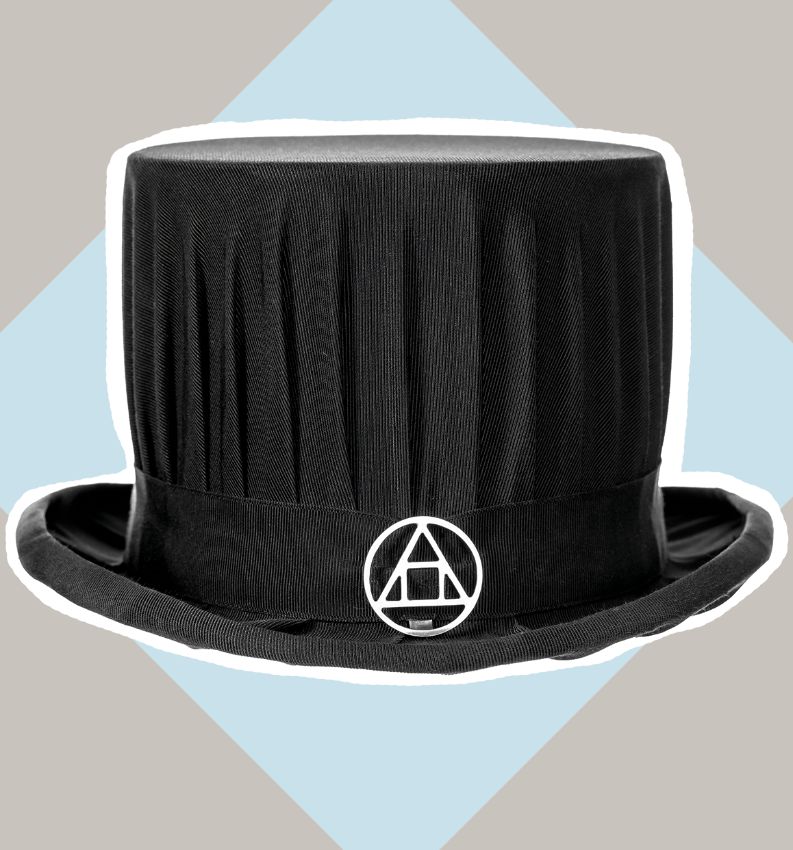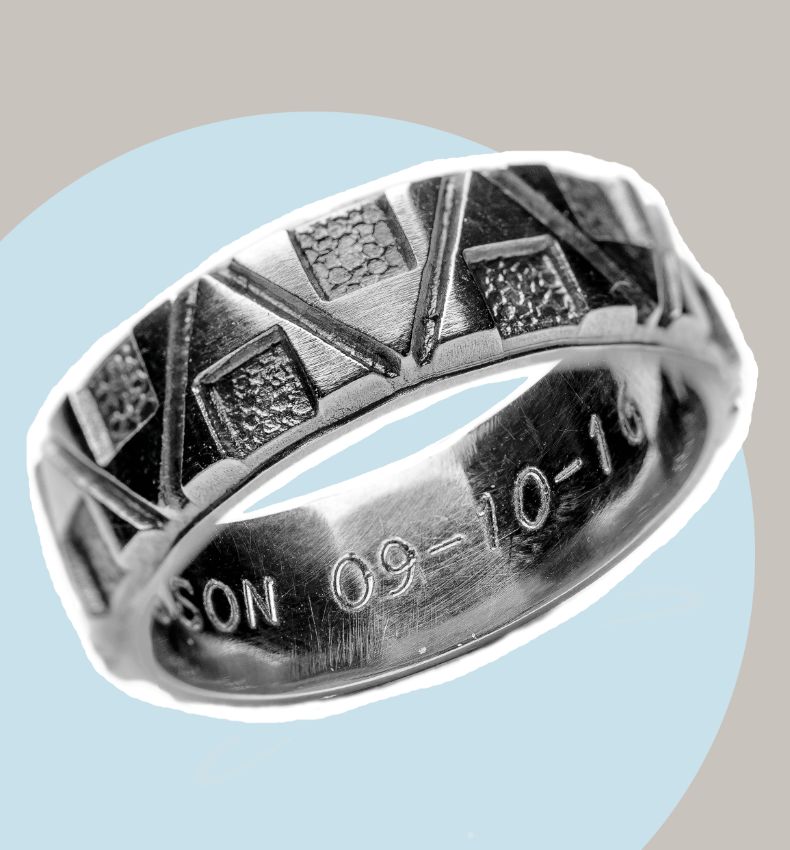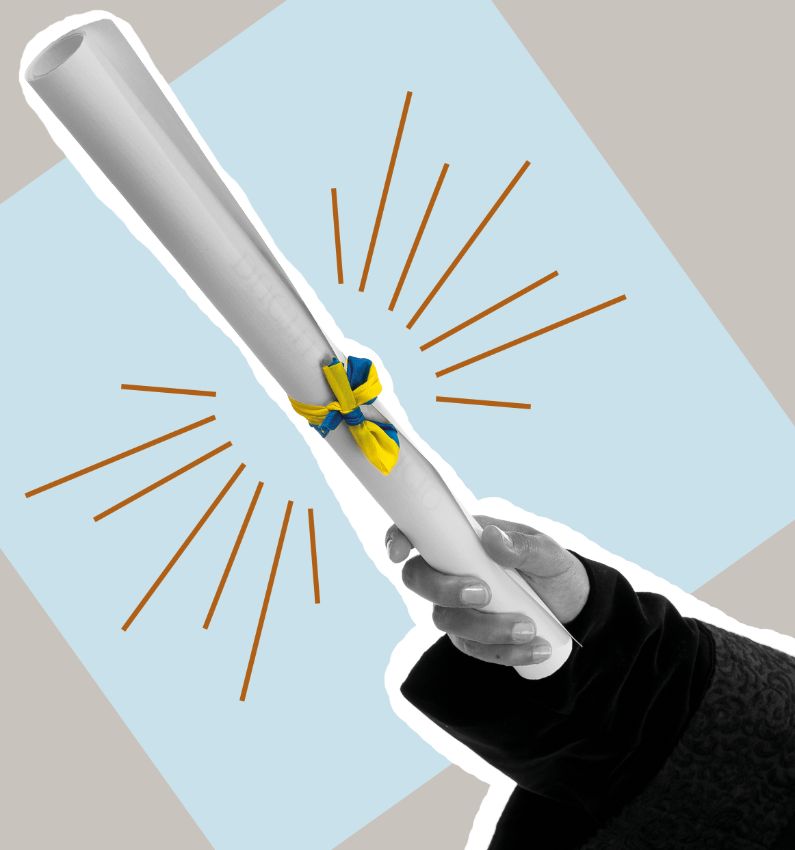Diploma, hat and ring for 73 new doctoral graduates from LTH
On Friday, 23 May, it is time for the doctoral degree conferment ceremony, during which 73 new PhD graduates from LTH and three honorary doctors will be conferred at Lund university. Four individuals who earned their doctoral degrees at LTH fifty years ago will be appointed jubilee doctors.
– Published 22 May 2025

The doctoral degree conferment ceremony is LTH’s most significant academic celebration. PhD graduates from LTH and from the other faculties of Lund University who have defended their doctoral theses during the year are conferred at the ceremony.
As a symbol of their new academic status, each PhD graduate receives three insignia: the diploma, the doctoral hat (or laurel wreath), and the ring.
During the ceremony, honorary doctors appointed by the faculties are also conferred. Those who received their doctoral degrees fifty years ago are awarded the title of jubilee doctor (doctor jubilaris).
The academic procession departs from the University Main Building to Lund Cathedral at 12:00 noon. The ceremony lasts approximately three hours, and the procession is expected to return to the University Main Building between 3:00 and 4:00 PM. The public is welcome to watch the procession to and from the Cathedral, but the ceremony itself is open to invited guests only.
The wreath-bearers travel by horse and carriage through central Lund on their way to the Cathedral. The procession begins at 1:10 PM from the Old Bishop’s House, Biskopsgatan 1, and continues via Allhelgona kyrkogata, Bredgatan, Sankt Petri kyrkogata, Clemenstorget, Bangatan, Nygatan, Svanegatan, Grönegatan, Stora Fiskaregatan, past the Grand Hotel and Klostergatan, arriving at the Cathedral. Minor deviations from this route may occur.
The conferment act begins with an address from the Vice-Chancellor and is followed by the conferral of doctoral degrees by the nine faculties. The entire ceremony is conducted in Latin. The ceremony includes a cannon salute — a tribute to the PhD graduates — performed by the Wendes Artillery Regiment.
After the conferment act, one of the new PhD graduates delivers a ceremonial address, an oratio, to the University. The ceremony concludes with a Latin prayer by Bishop Johan Tyrberg.
Doctoral degree conferment ceremonies have been held in Lund since 1670. LTH held its first and only independent ceremony in 1967. Since 1969, LTH has been part of Lund University.
More information about the doctoral degree conferment ceremony
Livestream of the Ceremony
The doctoral degree conferment ceremony in Lund Cathedral will be livestreamed on 23 May starting at 12:00 CEST.
Honorary Doctors
LTH has awarded two honorary doctorates for 2025:
- Margaret-Anne Storey, Professor of Computer Science at the University of Victoria, Canada
- Semmy Rülf, entrepreneur and significant contributor to the advancement and utilisation of research at Lund University and LTH
More information about LTH’s honorary doctors
Jubilee Doctors
The title of jubilee doctor (doctor jubilaris) is awarded to those who received their doctoral degrees at LTH fifty years ago. During the ceremony, the jubilee doctors are presented with a new diploma. In 2025, LTH will confer four jubilee doctors.
- Gharib Sayed Aly
- Bo Leden
- Ingemar Ragnarsson
- Per Selånger (absens)
LTH congratulates the following 73 doctors
Abdullah Abdelatief
Anna Adell
Kristi Adham
Felix Agner
Björn Arvidsson
Mohsen Bayat Pour
Axel Berg
Saga Bergqvist
Marie Bermeo Vargas
Ruike Bi (absens)
Ola Björnsson (absens)
Axel Broman (absens)
Joakim Brorsson
Bora Orçun Çakir
Lila Chergui
Zehui Dong
Alexandru Dura
Jakob Eggeling
Simon Ek
Daniel Espinoza
Samuel Estenlund
David Frantz
Rikard Gannedahl
Zandra Gidlöf
David Gustafsson
Megan Havers
Katarina Hennig
Mohammad Mukul Hossain
Tianyi Hu
Madelène Isaksson
Asmita Jash
Hossein Jeddi
Robin Wollesen de Jonge
Hamid Karrari
Olle Kjellqvist
Elis Levin
Meng Li
Meng Lu
Pegah Mansouri Bakvand
Mikelis Marnauza
Janet van der Meulen-Visser (absens)
Sergio Mosquim Junior
Ben Nel
Christian Nelson
Markus Nilsson
Sebastian Nilsson
Edvin Olofsson
Andre Olson (absens)
Daniel Tristan Osanloo
Marius Plach (absens)
Felix Plappert (absens)
Ingrid Ramm
Meena Raveesh (absens)
Jonas Ravelid
Idriss Riouak
Dimaghi Schwamback
Maya Sheidaei
Nathalie Silva (absens)
Krishnan Sreenivas
Emma Strömblad
Philipp Stürmer
Carl Svenhag
Mark Treacy
Fernando Vieira Lima
Amanda Västberg
Ylva Wahlquist
David Wahlqvist
David Wenander
Måns Williamson
Zhiyong Wu (absens)
Oksana Yastremska-Kravchenko
Alva Zalar
Lingping Zhang

Doctor’s hat
The Doctor’s hat symbolises freedom and power. It is covered with black, pleated fabric. The theology hat features a black bow, while the other faculties’ hats have a gold buckle at the front specific to the relevant faculty. LTH's doctoral hat has LTH's former square-triangle-circle emblem.

Ring
The ring is made of gold and symbolises loyalty to science. The ring is handed out to all new Doctoral graduates and to the Honorary Doctors. The rings are marked with a symbol specific to the relevant faculty. LTH's Doctoral ring is adorned with a pattern of the triangle and square, and the circle of LTH's former emblem is also printed in the ring's shape. The ring was designed in 1967 by silversmith Birger Pellas when LTH was still an independent university.

Diploma
The diploma was at the outset a written confirmation of the rights awarded to Doctoral graduates. The diplomas distributed to the graduands in the Cathedral are in Latin and carry the University seal. Previously, the diplomas were handed out by a young boy representing the god Apollo. As the graduands became more numerous, the task became overwhelming for a five-year-old so a ceremonial officer took over.
